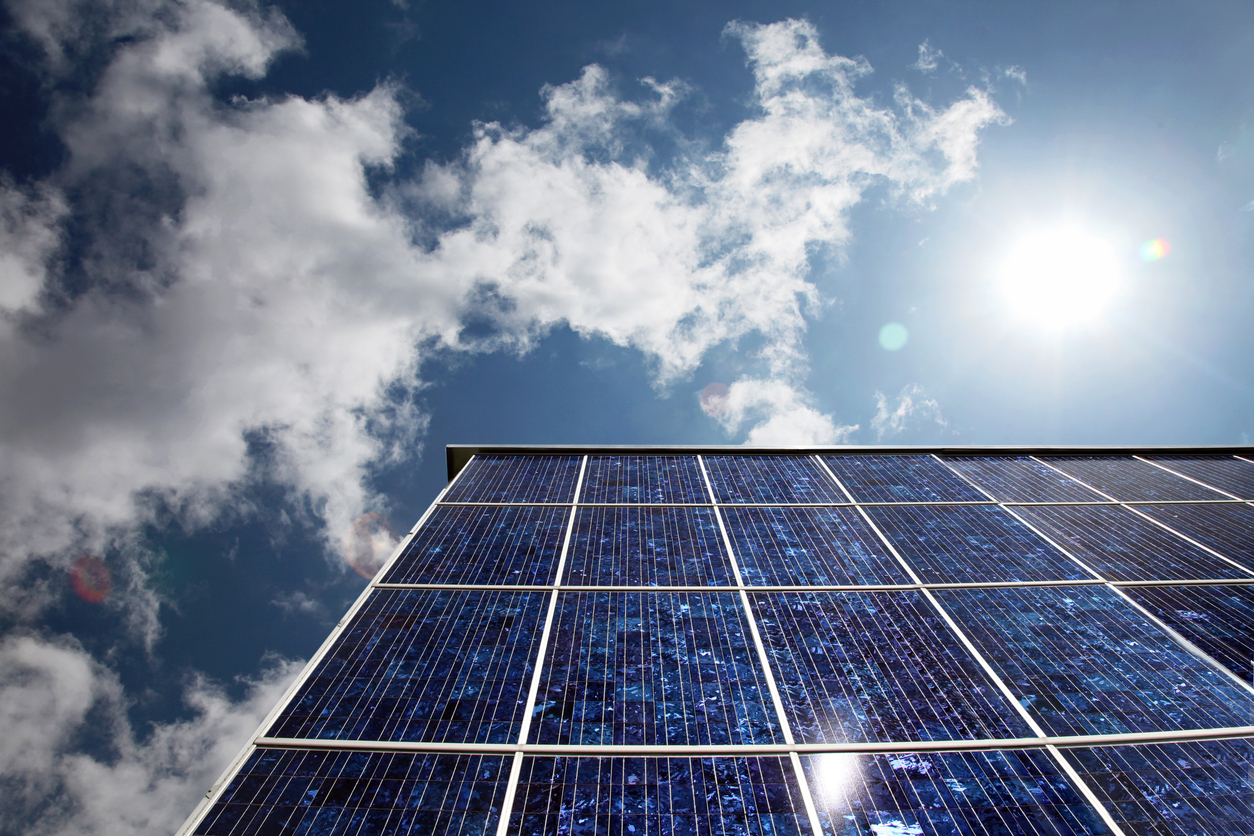The agency’s chairman Fatih Birol is pushing for increased institutional support for lagging investment in developing countries. He wants the issue to be the focus of this year’s COP29 climate talks in Azerbaijan.

The International Energy Agency (IEA) has called for a concerted effort from developed countries and international finance institutions to help raise spending on clean energy in emerging markets, which remains a fraction of spending in the rest of the world.
On launching the latest edition of the IEA’s annual World Energy Investment report, the organisation’s executive director, Fatih Birol, said the focus of this year’s COP29 UN climate change summit in Azerbaijan should be on how to mobilise financial institutions to provide more support for clean energy investment.
The influential Paris-based think tank says development finance institutions (DFIs) are uniquely positioned to catalyse investment flows towards clean energy infrastructure in emerging market and developing economies (EMDEs) via direct financing, policy support, capacity building, and concessional capital that de-risks projects to mobilise private capital into otherwise high-risk markets or technologies.
Birol said he had raised the issue with Azerbaijan’s president Ilham Aliyev and COP29 president Mukhtar Babayev at a meeting in Baku in early June.
“I believe COP29, together with COP30 in Brazil, should focus on the very issue of how we can bring countries together – both advanced economies and international financial institutions – in order to support clean energy financing in emerging and developing countries through different means,” he told a launch webinar for the report on June 6.
Birol said international financial institutions had a critical role to play, given they were founded on the premise of supporting economic growth in developing countries.
Headline figures in the report show that, of the $3trn (€2.7trn) of global investment in energy annually, $2trn is directed to clean energy, while $1trn is estimated to go to fossil fuels, representing a marked shift in that ratio towards clean energy over recent years.
However, Birol stressed that clean energy spending in EMDEs outside China account for only around 15% of the overall $2trn clean energy spend, despite those countries being home to two thirds of the world’s population.
Rising financing costs
The falling cost of clean energy equipment such as solar panels, wind turbines and battery storage over the last decade has been offset by rising financing costs in developing countries, which have hindered investment.
“We have been tracking, through our cost-of-capital observatory, the cost of financing across different emerging and developing economies, and what we see is that compared to advanced economies, the cost of finance can be two to three times higher,” Cecilia Tam, the IEA’s head of energy investment told the webinar.
She said that while the largest component of the levelised cost of electricity in advanced countries is equipment and capital costs, financing costs were the largest component in EMDEs. For the solar photovoltaic (PV) power sector those financing costs could be up to 60% of overall electricity costs.
Both actual and perceived investment risk in EMDEs account for the stark difference, and closing the gap would require changes in international policy frameworks to provide more clarity for investors, she said.
The report notes that nearly 80% of global DFI financing is said to be provided in US dollars and euros, while limited amounts of local currency lending was available from DFIs, excluding China. Borrowing in local currency is a much lower risk option in many developing countries. “This highlights the need to better construct development finance instruments that are more preferential and are better suited to the needs of EMDE borrowers,” the report says.
If constraints on spending can be overcome, the dividends could be huge, particularly in terms of solar power, with solar PV now attracting more investment globally than all other forms of power generation, including fossil fuels, put together.
Birol underscored the growth potential for EMDEs, noting that sub-Saharan Africa receives more than half of the world’s solar radiation, while one in two people there still do not have access to electricity.
“Currently, the amount of solar electricity we generate in sub-Saharan Africa is less than solar the electricity we produce in the Netherlands,” he said.





